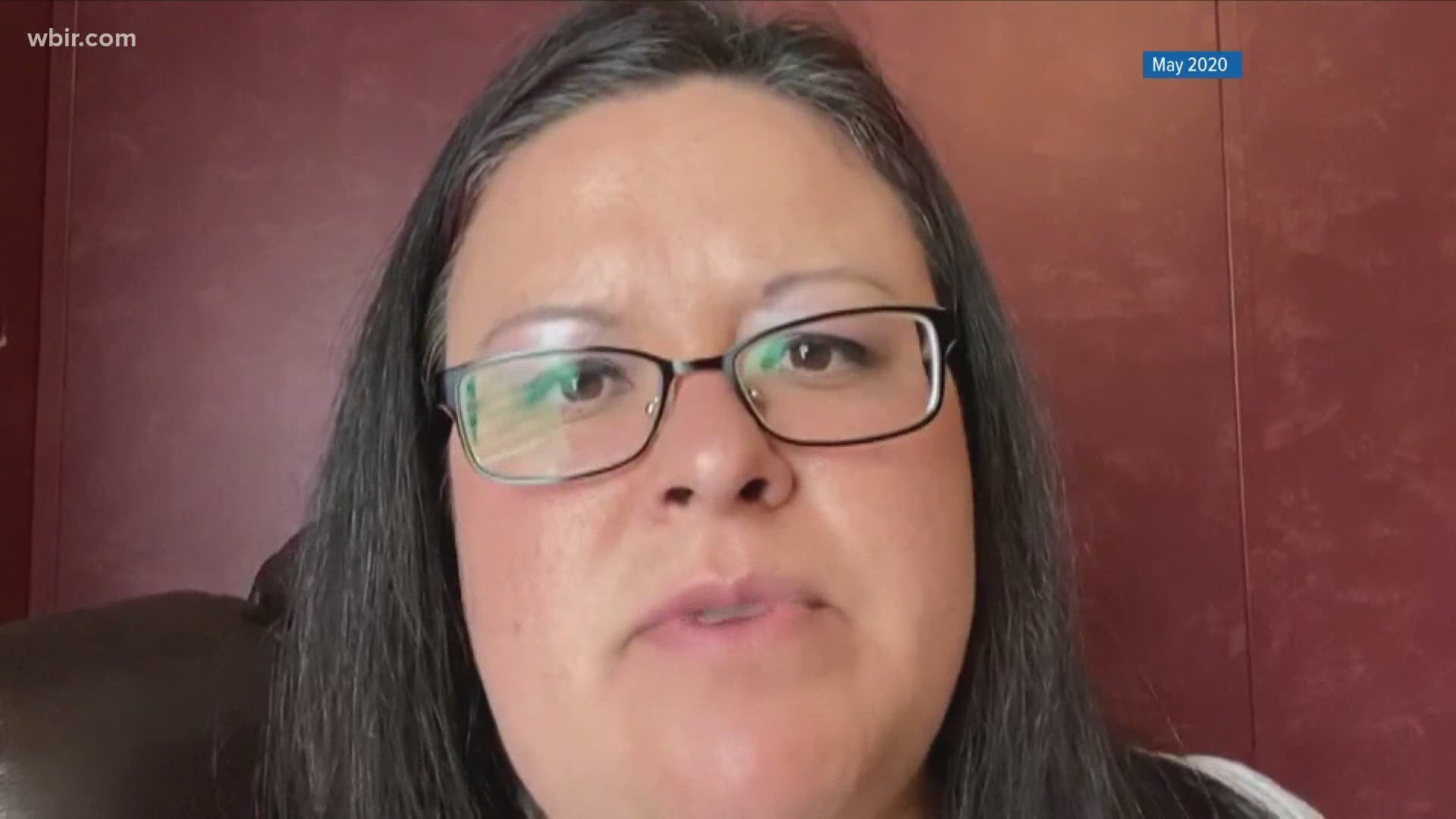KNOXVILLE, Tenn. — We met Lisa Vasquez for the first time back in May.
Her internet connection made it hard to FaceTime so she had to send me a video.
"I don't really understand why they can't extend it to our area," she said back then.
Months later, she and her family still cannot access internet - just as students are heading back into the classroom.
"The lack of internet in our area is still a problem," she said. "School has resumed, there was an option to do virtual but because we don't have WiFi it wasn't an option for our family."
Her children are just a few out of millions across the country. Research from Common Sense Media shows as many at 16 million students don't have access to internet or a device.
We met Belinda Allen back in May as well.
"We have found it difficult and trying not to have access to the internet," she said when we first spoke.
However today she is dealing with the same barrier.
"We have no type of internet access," Allen said. "We've tried, we've called and we can't get anything except for a mobile hot spot here."
She has a 17-year-old son who is back in school and that means he needs to be online.
"In order to get that done he has to drive 20 minutes to family to get that homework done, sometimes he's staying the night," she said.
Both Monroe County moms said this barrier is not new but the realities of the pandemic have amplified the impact and reignited their call for equal access to help close the digital divide.

